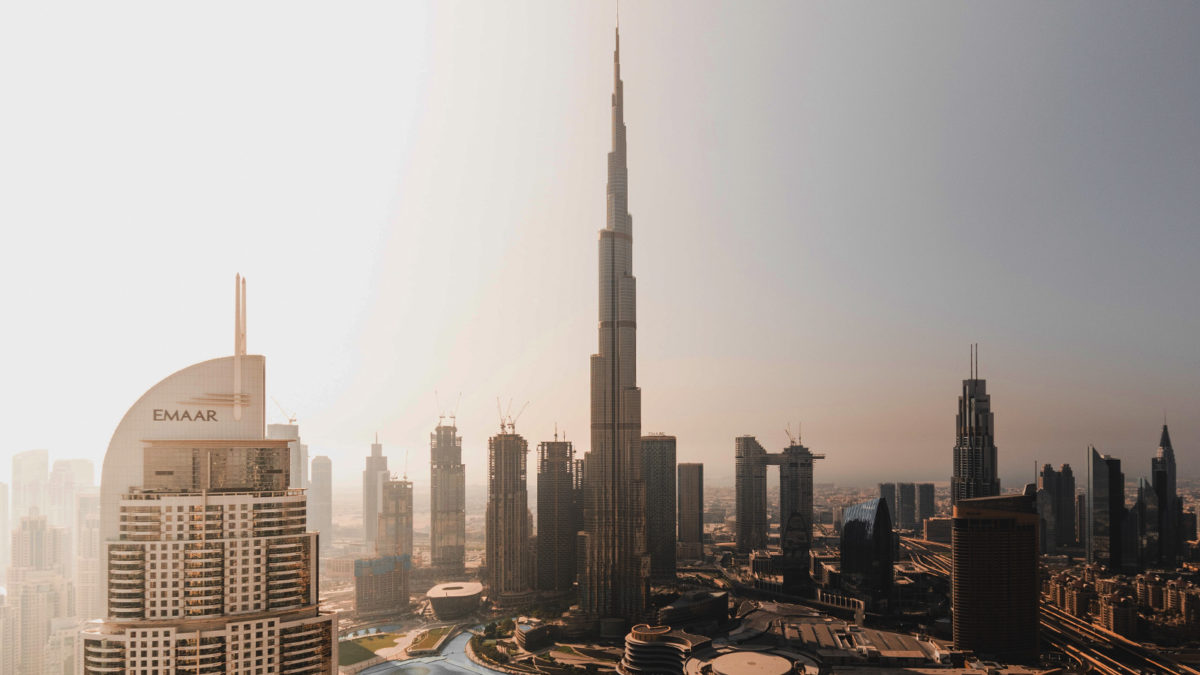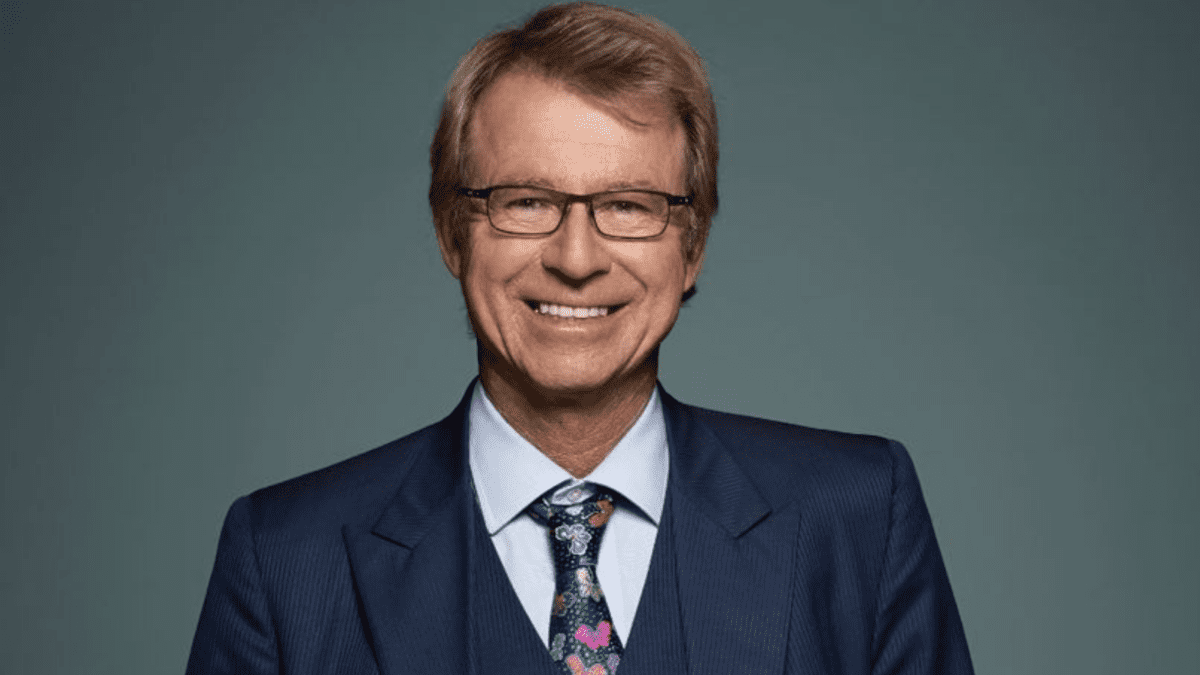The skyscraper index harks to an era of recessions
Last week’s market falls have fear and panic rising to their highest levels since the pandemic. The VIX Volatility index – the so-called “Fear Index” – hit 34.75 last Monday. At the start of the pandemic, the index hit 69.37 representing extreme volatility. During the GFC, the index hit 89.53.
There is, however, another “unconventional” index that economists and investors use to predict economic downturns. It’s called the Skyscraper Index. Invented by Andrew Lawrence, a property analyst at Dresdner Kleinwort Wasserstein, the index was based on a relatively simple idea – that the completion of the world’s tallest building is inevitably a marker for the start of the next global economic crisis.
Think about that for a second.
The world’s tallest skyscraper is the Burj Khalifa in Dubai. It stands at 829.8 metres high. That’s roughly 2.62 times the size of Melbourne’s tallest building, Australia 108 (316.7m). The Burj Khalifa officially opened in Dubai just weeks after the Emirate’s debt crisis began. But this anomaly, appears to be quite common.
Flicking back at the history of record-breaking skyscrapers and business cycles suggests that – the opening of the “world’s tallest” buildings in the past century has coincided with an economic downturn. Here are some more examples
- Petronas Towers (Malaysia) – Was completed in 1998 as the Asia Financial Crisis swept through the region.
- Twin Towers World Trade Centre (US) & Sears Towers (US) – Completed as the US dropped into “stagflation” of growing unemployment and inflation.
- The Empire State Building (US) – Was completed on the eve of the Great Depression in 1931
- 40 Wall Street and Chrysler Buildings (US) – All completed before the 1929 Crash and opened after the Great Depression had begun.
- The 186-meter Singer building opened in New York in the wake of the market panic of 1907.
Although a novel indicator, the correlation is real. Skyscrapers are a physical manifestation of the bull markets that build them and the bear markets that follow afterwards. These components include:
- Loose monetary policy (low interest rates) and easy credit drive up land prices and enable property developers to build.
- “Monetary inflation and credit tends to increase the size of companies, who grow from local, regional to an international presence, creating both the wealth to build and the customer demand,” Thornton said.
So, questions is, what is taller than the Burj Khalia?
The Merdeka 118 in Malaysia grabbed the title of world’s second-tallest building from the Shanghai Tower, in China with a height of 632 metres. The 678.9-metre-tall Merdeka 118 skyscraper designed by Australian studio Fender Katsalidis, becoming the world’s second-tallest building. But nothing as yet has been built taller than the Burj.
At about one kilometre tall there is a tower called the Jeddah Tower in Saudi Arabia. It would be the tallest building or structure in the world to date, standing 180 m taller than the Burj Khalifa in Dubai, United Arab Emirates. Construction has started with an estimated cost at US$20 billion and around ten years to build. But since its start, construction has stalled. There don’t seem to be any updates on when the construction of the Jeddah Tower will resume – or indeed if it will at all.
And so, if the skyscraper effect is true, that could be good news for the world economy.









